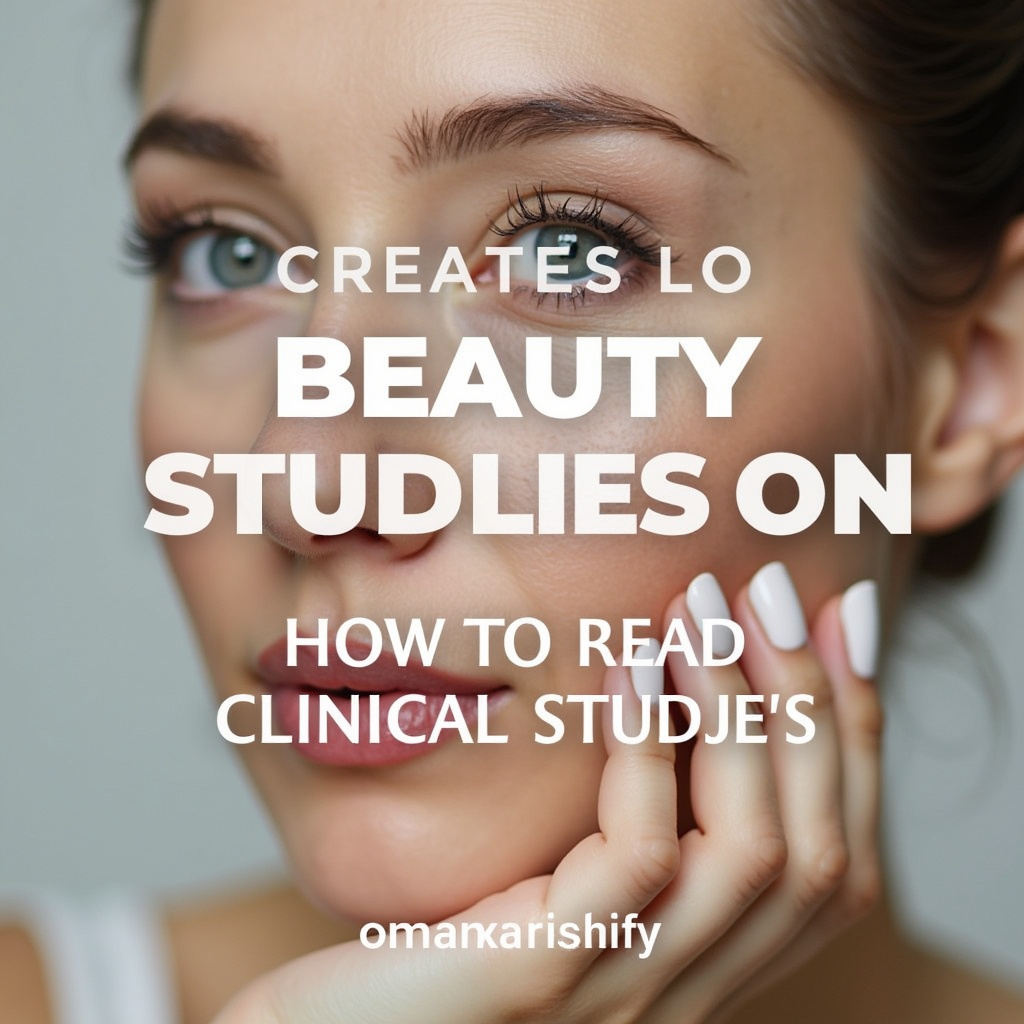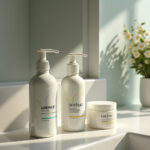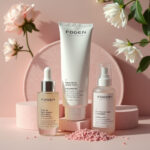Understanding Clinical Studies
When it comes to beauty products, claims can often sound too good to be true. This is where clinical studies come in. These studies provide scientific evidence about how effective a product really is. However, understanding these studies can be a bit challenging, especially for those without a scientific background. In this article, we’ll break down how to read clinical studies on beauty products in a simple and friendly way.
Know the Basics of a Clinical Study
Before diving into any study, it’s essential to understand some basic terms:
- Participants: This refers to the people involved in the study. More participants often mean more reliable results.
- Control Group: This group does not receive the treatment (in this case, the beauty product). Comparing results between the control group and the treatment group helps determine the product’s effectiveness.
- Duration: The length of the study can affect results. A longer study may provide more accurate data on the product’s effects over time.
- Results: Look for clear, measurable outcomes, like percentage improvements in skin texture or reduction in wrinkles.
Scrutinize the Study Design
The design of a clinical study is crucial in determining its credibility. Here are some types of study designs:
- Randomized Controlled Trials (RCT): Participants are randomly assigned to either the treatment or control group. This is often considered the gold standard for clinical studies.
- Placebo-Controlled Studies: Participants in the control group receive a placebo, allowing researchers to see if changes are due to the product itself or just a psychological effect.
- Longitudinal Studies: These studies track the same participants over time, providing insights into long-term effects.
When you read a study, check the design to see if it’s robust and appropriate for the claims being made about the beauty product.
Evaluate the Results
Results are where you find the heart of the study. Here are some things to look for:
- Statistics: Pay attention to statistical significance. Results are often expressed as p-values; a p-value of less than 0.05 usually indicates that the results are statistically significant.
- Effect Size: This shows how much of a difference the product made. For example, if a study claims a 30% improvement in skin hydration, that’s a strong result.
- Side Effects: Reliable studies will also report any adverse effects participants experienced. Don’t ignore this information!
Consider the Source and Purpose
Lastly, it’s essential to consider who conducted the study and why. Studies published in peer-reviewed journals tend to be more credible. Also, check if the study was funded by the beauty brand itself. While not all sponsored research is biased, it’s wise to remain cautious.
Conclusion
Reading clinical studies on beauty products doesn’t have to be daunting. By understanding the basics, scrutinizing the design, evaluating the results, and considering the source, you can make informed decisions about the products you choose. Remember, knowledge is power, especially when it comes to your beauty routine!




